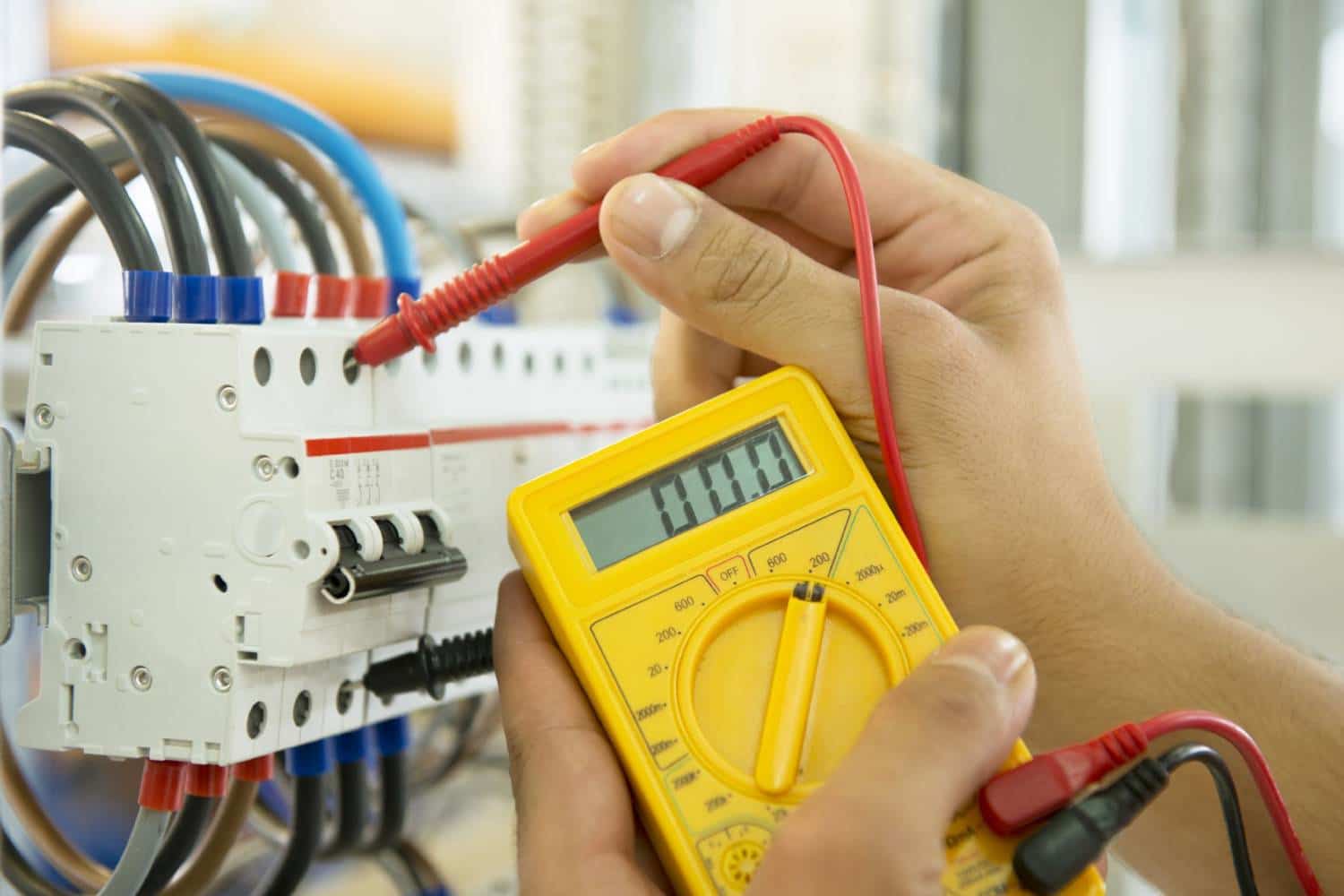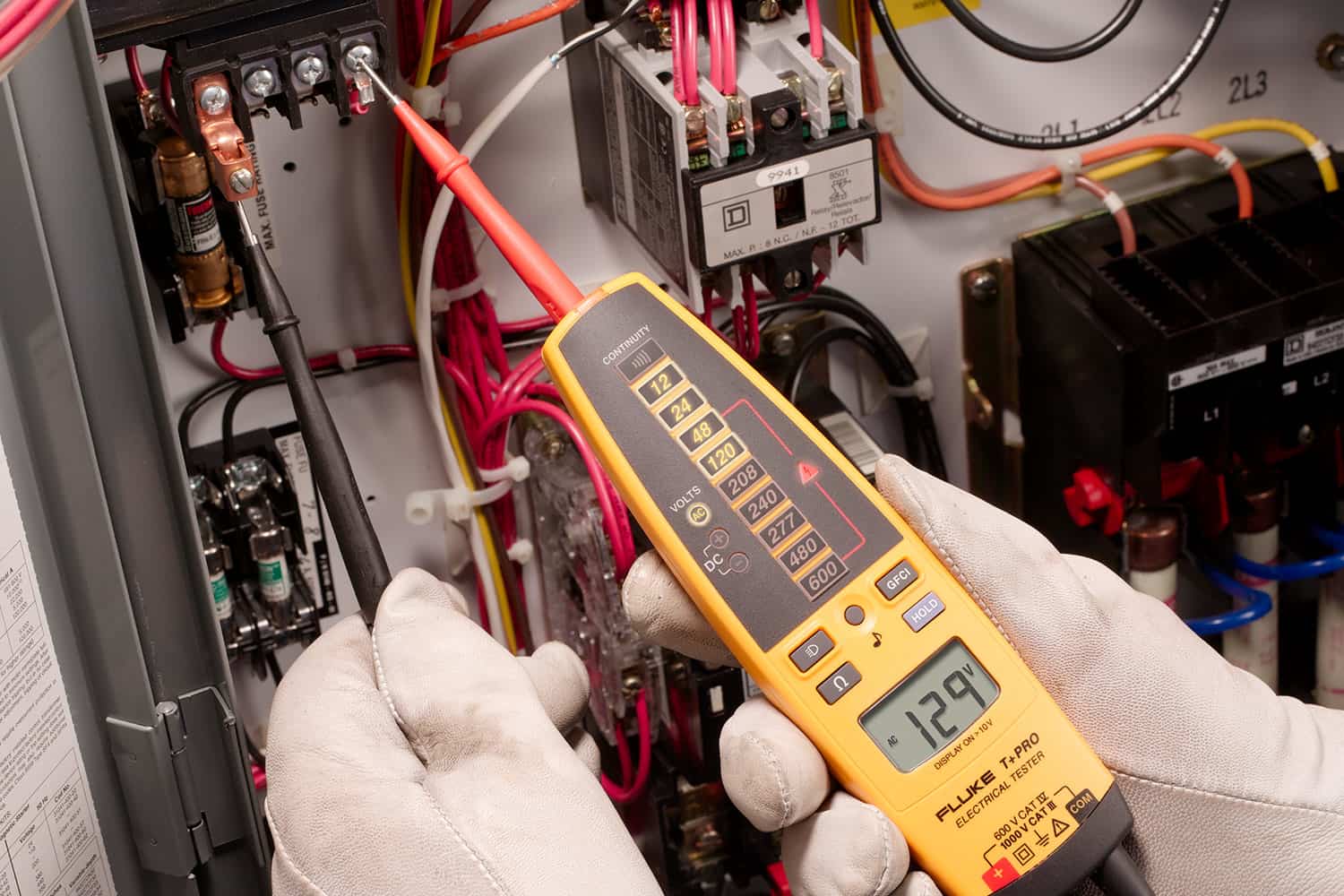Why do you need to know of resistors? You may not notice it, but your everyday life involves resistors. When you make coffee and bread for breakfast, when you take a hot shower, when you watch your favorite show, when you browse your Facebook or Instagram, or even when you turn off your lights at night. Every one of the devices – your coffee maker, toaster, heater, television, smartphones and laptops – has its own resistor. You may not know it but resistors are essential components of today’s technology. How? To answer this, we need a definition.
What is a resistor?
A resistor is an electrical component that helps control the flow of current in a circuit. The higher the resistance, the lesser current will be available for a specific voltage. Resistors are found in almost all electrical networks and electronic circuits. Inside every resistors, electrons collide with ions, which slows the flow of electricity and lowers the current while heat is being produced.
The resistance are measured in ohms. It occurs when a current of one ampere passes through a resistor with a one volt drop across its terminals. The current is proportional to the voltage across the terminal ends. This is illustrated in Ohm’s law: R = V / I
How are resistors used in your home?
- For your LED lights – Transistors, as well as LEDs, are both sensitive to electrical currents. Giving too much will destroy it but giving too little would hinder it to work properly. Installing resistors with the right value helps these kinds of devices to work with the right current that suits them best.
- For your car’s light flashers – Resistors are also used for timing and frequency. Think how fast and how frequent your car blinks when you turn on the signal lights. This is the work of a circuit that uses a resistor connected to a capacitor to provide the timing and frequencies. Think of the capacitor with eletric charge as a cup holding water. It takes a certain amount of time to fill this “cup” with current, and the resistors job is to determine how fast or slow it would take. As resistance increases, the time period also increases.
- Voltage Dividers – This is a chain of resistors connected together and forms a series circuit. The voltage drop across each one will be equal if the resistors are of the same value. If not, the proportion will be determined by the resistance of each one and the total resistance of all the resistors in the divider. Voltage dividers are useful for components that need to operate at a lesser voltage than that supplied by the input.
- For your Heaters and Toasters – Resistors convert electrical energy into heat, which makes them valuable elements for your heating devices. These are also used in traditional light bulbs, where the high temperature from the resistance turns a metal filament white-hot, producing light. To determine the amount of heat that is given off by the resistor, this formula can be used: P = I2 * R (where P is the power in watts, I is the current in amps and R is the resistance in ohms).
- For your amplifiers – Certain resistors are used to change the amount of current flowing in a circuit. The resistance is set by sliding a slider or turning a knob, like that of the amplifier volume, musical pitch toner or motor handle.
Your Takeaway
You now realize how resistors are vital to your devices, gadgets and home appliances. Imagine technology without them. Imagine how bulky and heavy your smartphones would be if resistors weren’t invented. Thanks to engineers and scientists, these components have been made possible. Circuits and resistors can be a complicated piece but this simple article will take you a long way.









































































